Application of Rapid Prototyping Technology in Investment Casting
Author: SAIVS Date Published: May 15,2023
—Review of the progress of foreign precision casting technology (12) "Special Casting and Nonferrous Alloys", 2005 (12): 732~735
Rapid Prototyping (RP) is a high-tech developed in the 1990s. It can quickly turn the design concept in people's mind into reality. It is particularly worth mentioning that the entire product development process does not require any molds and process equipment, which greatly shortens the trial production cycle of prototypes and new products, and quickly becomes an important means and tool to enhance the competitiveness of enterprises. The Internet questionnaire survey published by INCAST 2004 (11) shows that more than 93% of the more than 400 precision casting manufacturers in Europe have used rapid prototyping patterns. It is crucial to develop and enhance the ability of enterprises to respond quickly to the market [1].Application of Common Rapid Prototyping Methods in Investment Casting
The application of rapid prototyping technology in investment casting mainly includes the following aspects:
1. Make investment mold
When making a pattern, the rapid prototyping machine can not only input the three-dimensional geometric model established by other CAD software, but also receive data files scanned by industrial CT (Computer Tomography). For example, first scan the part (auger, Fig. 12-1a) by CT to obtain a two-dimensional image of its cross-section (Fig. 12-1b). Subsequently, the image processing software combines the two-dimensional images of each section (Fig. 12-1c) to form a three-dimensional geometric model (Fig. 12-1d). It is then sent to the rapid prototyping machine to form the pattern (Figure 12-1e) [2]. This method of restoration (reverse) engineering can not only restore machine parts, but also imitate certain human organs.
Figure 12-1 Restoring machine parts with CT data files
a)Propeller parts b) 2D image of the cross-section obtained by CT c) 2D image combination d) 3D geometric model e) SLA pattern
1.Making molds (pressing) and other process equipment [2] [3]
There are two ways to make precision casting molds by rapid prototyping: one is to first make a master mold, and then remake the epoxy or silicone rubber molding; the other is to convert the three-dimensional shape of the molding block generated in the CAD system The geometric model is directly input into the rapid prototyping machine to form the resin molding. This type of pressing is mainly suitable for small batch production (tens of pieces). If a metal layer with a thickness of about 2mm is sprayed on the surface of the master mold, and then filled with epoxy resin to make a metal-epoxy composite molding, it can meet the requirements of producing hundreds of precision castings. When using the SLS method, for example, the processing object is changed from resin powder to steel powder with a thin layer of thermosetting resin on the surface, sintered by laser to form a press, and then fired to remove the resin, and finally the copper liquid is infiltrated into the pores of the press. The resulting profile has properties similar to metals in terms of strength, thermal conductivity, etc. In addition, rapid prototyping technology can also be used to make some irregular shaped molds. 3. Direct production of mold castings
In the early 1990s, the Sandiana National Laboratory in the United States carried out a special study called FastCAST, which was named Direct Shell Casting (DSPC). Regrettably, few goodbyes were reported afterwards.
In 1994, Z Corporation of the United States successfully developed the 3D printing technology 3D Printing. The technology was originally invented and patented by Professor Ely Sachs of the Massachusetts Institute of Technology. The basic principle is similar to the SLS method. First, a layer of refractory material or plastic powder is sprayed with a roller. Unlike SLS, it does not drive the laser head, but drives the inkjet print head, and sprays glue to 'print' according to the cross-sectional shape of the product. The above actions are repeated until the parts are completed, so it is named '3D printing technology'. The advantages are low operating and material costs and high speed. If the powder sprayed is a mixture of gypsum and ceramics, it can be directly and quickly made into a mold (gypsum mold) for casting non-ferrous alloy castings such as aluminum, magnesium, and zinc, which is called ZCast (Figure 12-2).
 |  |
Comparison of application effects of common rapid prototyping methods
At present, the more popular rapid prototyping methods in actual production are Stereolithography (SLA), Selective Laser Sintering (SLS), Fused Deposition (FDM), Laminate Manufacturing (LOM) and Direct Shell Casting (DSPC). )Wait. In recent years, many foreign research institutions have compared the above methods in terms of the quality of the pattern and the performance in investment casting. The results are as follows:
1) The dimensional accuracy of the finished pattern is the highest, followed by SLS and FDM, and the LOM method is the lowest [4].
2) Surface roughness of the pattern The surface of the pattern is ground and finished and measured with a surface roughness meter. The results are shown in Table 12-1 [4]. It can be seen that the surface roughness is thinner by the SLA and LOM methods, and the roughest by the FDM method.
3) Ability to reproduce fine parts The ability of these four methods to reproduce fine parts was examined for a rack with a tooth pitch of about 3 mm. The results are the best in SLA and the worst in FDM [4].
4) Performance in investment casting Among the above four methods, the product itself is a wax model method (such as FDM or SLS), which is easy to adapt to the requirements of investment casting process and undoubtedly performs better. Although resin or paper patterns can also be burnt, they are not as easy to adapt to the requirements of investment casting as wax patterns, and need to be continuously improved to avoid disadvantages.
Table 12-1 Comparison of pattern surface roughness (unit: μm)
Measurement site | LOM | SLS | FDM | SLA |
level bevel vertical plane | 1.5 2.2 1.7 | 5.6 4.5 8.2 | 14.5 11.4 9.5 | 0.6 6.9 4.6 |
On the whole, although the SLA method has some incompatibility with the investment casting process, it is very popular due to the good dimensional accuracy and surface quality of the produced patterns. In foreign countries, especially in the aerospace and military sectors Investment casting enterprises are widely used. Although the quality of the SLS method is slightly inferior to that of the SLA, it is easy to adapt to the technological requirements of investment casting, so it is used more and more in domestic investment casting. Although the FDM method is the easiest to adapt to the process requirements of investment casting, the dimensional accuracy and surface quality of the wax model are not satisfactory; while the LOM method has acceptable appearance quality, but it is difficult to adapt to investment casting. The popularization and application of the two methods in investment casting are limited.
New progress in the application of SLA and SLS in investment casting
1. New photocurable resin[5][6]
The SLA method was commercialized as early as 1987, and it was originally used to make solid models and functional prototypes. In the early 1990s, the QuickCast software of 3D System Inc in the United States was successfully developed, which enabled the SLA rapid prototyping machine to produce an accurate shape with a honeycomb structure inside (Fig. 12-3a) and a smooth and dense exterior (Fig. 12-3b) , not only saves 90% of the molding material, but also when the shell is fired, the shape first collapses inward without causing the shell to burst. In addition to this, it has been gradually found that the following special requirements need to be met for light-curable resins for molding:


Viscosity - If the resin viscosity is too high, it will be difficult to drain the remaining resin in the cavity after the pattern is made, and if there is too much residual resin, the mold shell may still burst during firing, so centrifugal separation is often used. measure. In addition, the surface of the finished pattern is difficult to clean.
Residual ash - This is perhaps the most important requirement. If there is a lot of residual ash after the shell is fired, it will cause non-metallic inclusions and other defects on the surface of the casting.
Heavy metal element content - this is especially important for casting superalloys. For example, antimony is a relatively common element in SLA light-curing resin. If it appears in the residual ash after the shell is fired, it may contaminate the alloy and even make the casting scrap.
Dimensional stability - The pattern size should remain stable throughout the operation, for which it is also important that the resin has low hygroscopicity.
In recent years, DSM Somos Company of the United States has successfully developed a new type of light-curing resin, Somos 10120, which meets the above-mentioned main requirements and is favored by precision casting manufacturers. Three alloys (aluminum, titanium, and cobalt-molybdenum alloys) have been cast with satisfactory results for this new product in three different investment foundries [6].
2. Use SLA pattern for small batch production
There are two main issues to consider when using SLA patterns to produce precision castings in small batches: First, the size that the pattern and castings can achieve
The second is whether the production cost and delivery time have advantages. American Solidiform, Nu-Cast, PCC, Uni-Cast and many other precision foundries cast hundreds of castings using SLA patterns. And QuickCast technology, the SLA pattern made, the dimensional deviation does not exceed 50% of the casting tolerance value. The vast majority of casting dimensions meet tolerance requirements, with a pass rate of more than 95% (Figure 12-4)
[7].
Although the cost of making a SLA pattern is much higher than that of making the same wax pattern, it will take longer, but it does not need to design and manufacture a pressing pattern. Therefore, in the case of single-piece small batch production, the cost and delivery time are still Advantages. The more complex the casting, the more pronounced this advantage is. Taking the complex-shaped aviation precision castings produced by Nu-Cast as an example (Fig. 12-5) [7], the cost of mold making is About Us$85,000, and 4 wax molds are produced every day. The cost of each wax mold (including materials and labor) $150. If the SLA method is adopted, each SLA pattern costs $2,846, but does not require the design and manufacture of molds. It is calculated from this that if the output is less than 32 pieces, the cost of using the SLA mold is lower than that of the wax mold; if it exceeds 32 pieces, the cost is higher than that of the wax mold (Figure 12-6); using the wax mold, it will take 14 to 16 weeks to design and manufacture the mold. , while the SLA die does not require a die. Therefore, if the production volume is less than 87 pieces, with SLA molds, castings can be delivered faster than wax molds (Figure 12-7). But for more than 87 pieces, it is faster to use a wax model [7]. Another factor to consider is that if a wax mold is used, when the product is updated, the mold needs to be remade, which is costly; while using the SLA pattern, all you need to do is change the CAD geometry model, which is much easier and faster than remaking the mold. .
Figure 12-4 Comparison of the actual size of the SLA pattern and the tolerance zone of the casting Figure 12-5 The aviation precision casting produced by Nu-Cast Company
Figure 12-6 Comparison of the total cost of producing castings by two different methods
Figure 12-7 Comparison of two different methods of casting production cycle
2. SLS sintered polystyrene powder dipped wax pattern
SLS originally used a laser to sinter a special wax powder into a wax mold, which is very suitable for the process characteristics of investment casting. As early as the end of 1990, there were more than 50 foundries in the United States, producing up to about 3,000 wax molds and successfully casting them. A variety of metal castings are produced. However, wax powder is not the most ideal molding material. The strength of the wax mold made from it is insufficient, and it is easy to soften and deform when the temperature is high, and it is easy to break when the temperature is low. Therefore, in the early 1990s, some SLA users in the United States tried to replace the wax powder with thermoplastic powders such as polystyrene (PS) or polycarbonate (PC). This kind of material is made of loose and porous (porosity of more than 25%), reducing the
There is a risk of cracking the shell during moulding. The ash content of the shell after roasting is less, but the surface of the shape is rough. Therefore, after the pattern is made, it needs to be dipped in wax and polished by hand to make the surface smooth and dense. At present, this method has been widely used at home and abroad. Figure 12-8 shows some typical examples of polystyrene powder dipping wax molds fired by Beijing Longyuan Automatic Forming System Co., Ltd. by SLS method.
 |  |
Figure 12-8 SLS polystyrene powder dipping wax mold (provided by Beijing Longyuan Automatic Forming System Co., Ltd.)
a) Plasma generator b) Automobile engine block c) Engine block
references
1.Pedro Egizabal. Study Shows Implementation of New Technologies in the European Investment Casting Sector. INCAST 2004(11):20~23
2.Robert N. Integration of Reverse Engineering Solidification Modeling and Rapid Prototyping Technologies for The Production of Net-Shape Investment Cast Tooling. Proceedings Of The 43th Annual Technical Meeting on Investment Casting., USA. 1995, 21:1~9
3.Michael Hascher. Rapid Prototyping And Rapid Manufacturing For The Modern Investment Caster. Proceedings Of The 49th Annual Technical Meeting On Investment Casting, USA. 2001, 18:1~18:9
4.Tony Riek. Comparing Rapid Prototyping Patterns For Investment Casting - An Australian Investigation. Proceedings Of The 9thWorld Conference On Investment Casting. San Francisco, USA. 1996, 20:1~20:11
5.Curtis Wahleren, Suresh Jayanth, Tom Mueller. Dimensional Issues With Investment Casting Patterns Made By Stereolithography. Proceedings Of The 48th Annual Technical Meeting On Investment Casting., USA. 2000, 3:1~3:9
6.Charles Kaufmann. Investment Casting Trial Studies Examine Significant New Developments In Stereolithography Resins. INCAST 2002(11): 12~15
7.Tom Mueller. Rapid Prototyping Technology ——The Changing The Economics of Low-Volume Investment Casting. INCAST 2004(10): 11~15
Why Choose SAIVS™ as Your Supplier?
1.Superb Quality Control Management
At SAIVS, we take pride in our perfect quality management systems and procedures, which guarantees the excellent performance of all our producs, being a professional Investment Casting | Die Casting| Sand Castingmanufacturer in China.
2.Rich Production Experience
With 20 years of experience in production, SAIVS has a deep understanding of the market and trends, and strives for continuous research and innovation. This has created advantages in both the product's performance and appearance.
3.Competitive Prices
As a Chinese factory committed to becoming the most cost-effective Investment Casting | Die Casting| Sand Castingexporter in China, SAIVS provides high-quality products at advantageous prices. By lowering costs and increasing efficiency, we ensure that our customers receive the best possible value for their investment.
4.Perfect After-sales Service
At SAIVS, we strive to provide superior customer service that meets and exceeds expectations. We are always available for any questions or concerns you may have, and we stand by our commitment to providing excellent after-sales support.
Related Posts
-
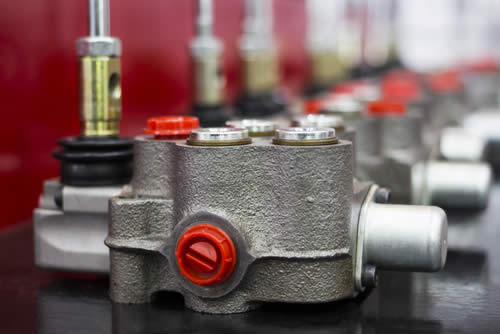
why zinc die casting is used for automotive components
The zinc die casting process is widely used for making components in industrial and building sectors, but the most common application of it is in the automotive...
-
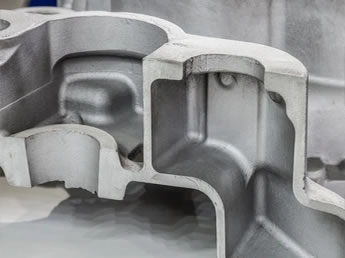
Aluminium Casting Vs. Steel Casting: Which Alloy Is Right For Your Product
Introducing Green Sand CastingCasting products are used in a variety of industries, making casting an important manufacturing process. Many of these products ar...
-
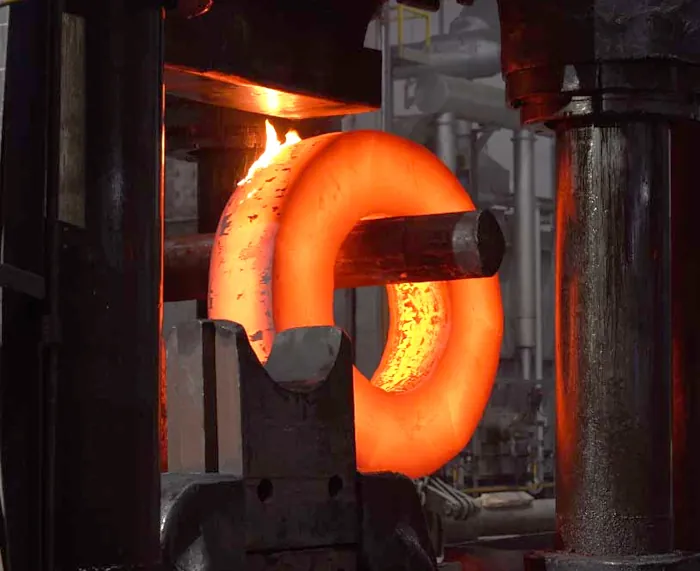
Grain Structure: The Touchstone of Sheet Metal Processing Technology
This article delves into the role of grains in sheet metal processing, the unpredictability of metal sheets, and proposes optimization strategies to improve par...
-
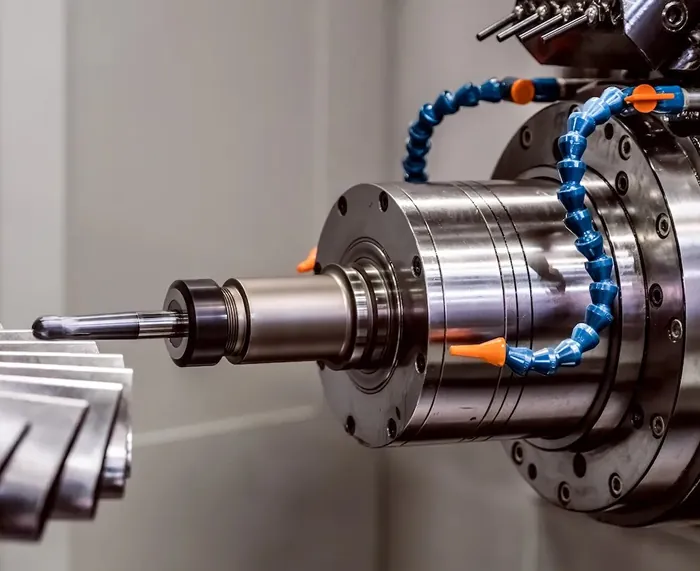
Die cast product design: 3 considerations
Die casting is a manufacturing process used to produce metalcomponents with high precision and efficiency. It involves injecting molten metal into a die, which ...
-
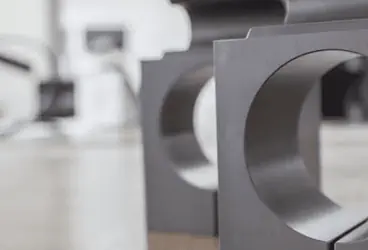
How to Reduce Costs on CNC Prototyping
Even for one-off prototypes, sometimes parts still need to be machined (rather than using other methods). This may be due to certain material requirements
-
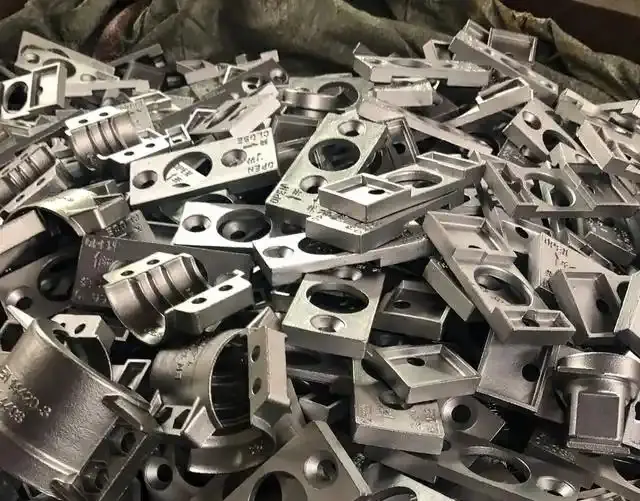
Advantages of 316 Stainless Steel Casting in Manufacturing Hawse Pipes
Stainless steel casting has emerged as a reliable and efficient process for manufacturing hawse pipes used in marine applications. Combining precision engi

